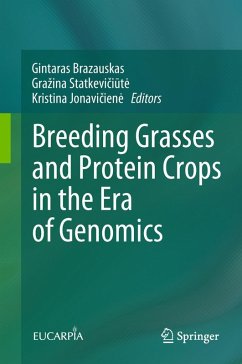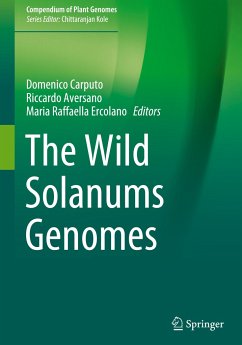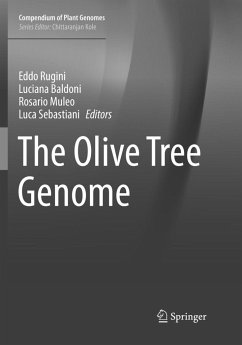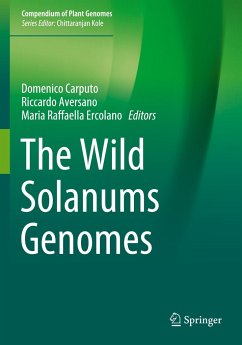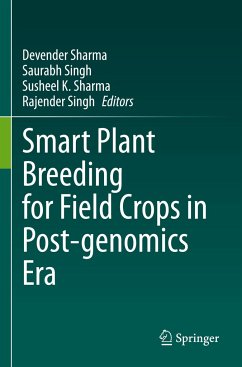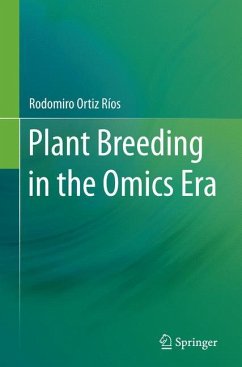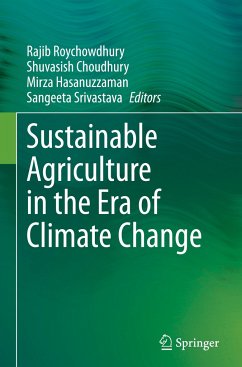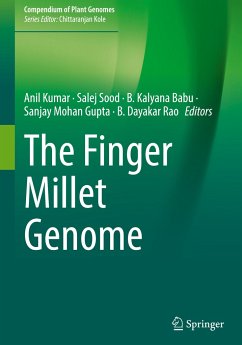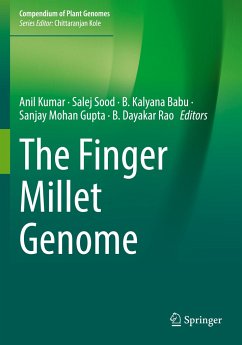
Breeding Grasses and Protein Crops in the Era of Genomics
Versandkostenfrei!
Versandfertig in 6-10 Tagen
38,99 €
inkl. MwSt.

PAYBACK Punkte
19 °P sammeln!
This book includes papers presented at the 2017 Joint meeting of Fodder Crops and Amenity Grasses Section and Protein Crops Working Group of EUCARPIA-Oil and Protein Crops Section. The theme of the meeting "Breeding Grasses and Protein Crops in the Era of Genomics" has been divided into six parts: (1) Utilisation of genetic resources and pre-breeding, (2) Genetic improvement of quality and agronomic traits, (3) Breeding for enhanced stress tolerance (4) Implementation of phenomics and biometrics, (5) Development of genomic tools and bioinformatics and (6) Reports of Parallel Sessions.
This book includes papers presented at the 2017 Joint meeting of Fodder Crops and Amenity Grasses Section and Protein Crops Working Group of EUCARPIA-Oil and Protein Crops Section. The theme of the meeting "Breeding Grasses and Protein Crops in the Era of Genomics" has been divided into six parts: (1) Utilisation of genetic resources and pre-breeding, (2) Genetic improvement of quality and agronomic traits, (3) Breeding for enhanced stress tolerance (4) Implementation of phenomics and biometrics, (5) Development of genomic tools and bioinformatics and (6) Reports of Parallel Sessions.



